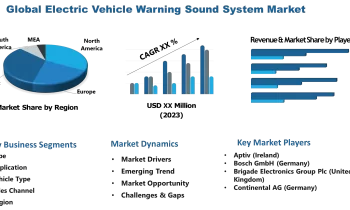
Industrial production in the Euro zone posted an unexpected decline in September, fueled largely by a heavy drop in the output of durable consumer goods and weakness in Italy.
The European Union’s statistics office Eurostat reported on Thursday that industrial production in the Euro zone dropped 0.4% month-on-month in September, recording a 6.8% year-on-year decline.
Italy is the third-largest economy in the 19 state Euro zone behind Germany and France, both of which recorded increases in production. Spain, the fourth-largest economy in the bloc also posted a production output increase. Meanwhile, production in Italy plunged 5.6%, the sharpest fall within the Euro zone.
According to the Eurostat data, the output of durable consumer goods in the Euro zone, such as televisions and washing machines, has been the strongest element of the previous months’ growth, but decline 5.3% in September. Energy production also fell, declining by 1.0% on a month-on-month basis.
All other components increased, notably of non-durable consumer goods, such as clothes, by 2.1%.
Manufacturing Still Operating Despite COVID
The figures indicate that the damage that the new almost-Europe wide restrictions are doing to the region’s services industry. However, they also indicate that more people are continuing to travel to work than they did in the spring lockdown and importantly, manufacturing is still operating.
Bert Colijn, an economist at ING said:
“Lessons have been learned by governments from the first lockdown as sectors that provide marginal gains in terms of virus containment are now still open,”
“Governments have focused largely on keeping economic activity going and curtailing recreation and retail . . . this is a ‘lockdown of fun’.”
“The overall trend remains one of cautious recovery ahead of the fourth quarter, where manufacturing is unlikely to be immune to service sector lockdowns,”
Year-on-year, the sharpest decline of industrial output was seen in Ireland which posted a 13.6% decline. Interestingly, Ireland was followed by the Euro zone powerhouse Germany, as well as the Netherlands and France, who all recorded year-on-year declines greater than 6%.



